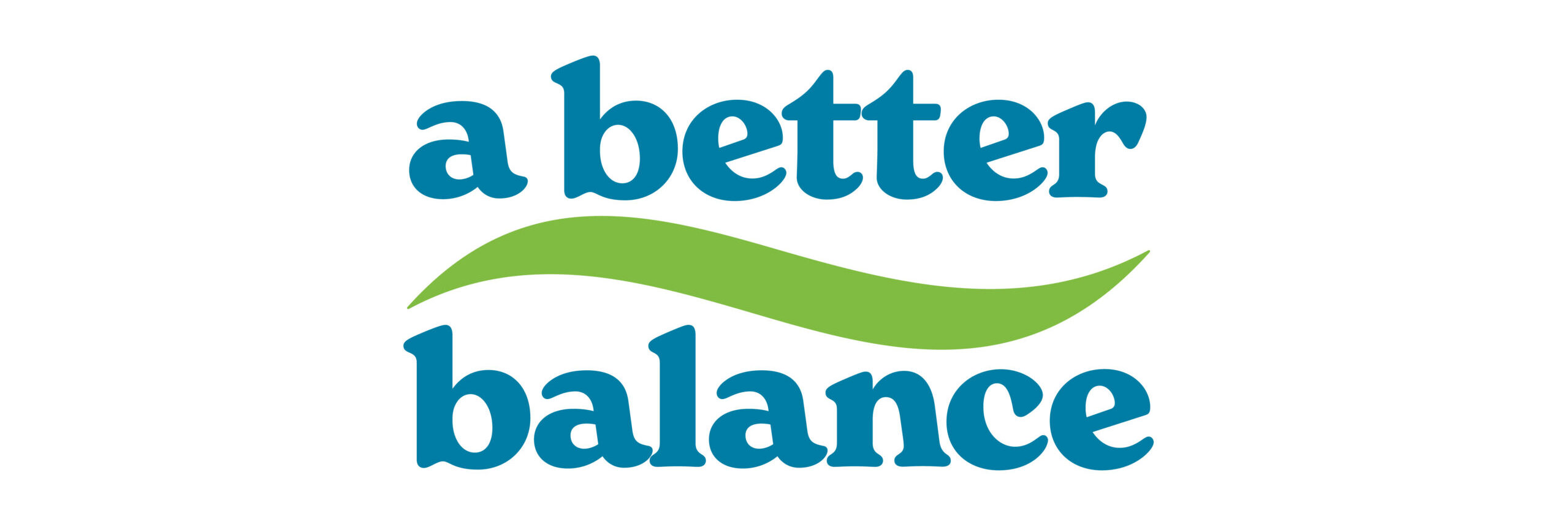Approximately 28 million people in the United States are employed part-time. Yet, part-time workers are often not covered by employer-provided workplace policies like paid family and medical leave and paid sick leave. Ensuring these protections extend to part-time, seasonal, and temporary workers, especially young workers concentrated in these jobs, will have wide reaching benefits not just for the workers, but for employers and the American economy.
Despite accounting for a significant segment of the workforce, part-time workers less frequently have access to protective workplace policies that can significantly improve their livelihoods.
- There are 28 million part-time workers in the United States. Estimated tens of thousands of workers hold seasonal or other temporary positions. Over 9 million people work multiple jobs, which amounts to almost 6% of civilian workers, making it the highest level since 2004.
- Despite these large numbers, part-time workers often lack access to protective workplace policies, like paid family and medical leave, which leaves them and their jobs vulnerable during personal and family caregiving emergencies.
- For example, in 2023, a mere 14% of part-time workers in the private sector had access to paid family leave, compared to 31% of full-time workers.
- As of 2025, only 55% of part-time workers employed in private industry have access to paid sick leave.
- For example, in 2023, a mere 14% of part-time workers in the private sector had access to paid family leave, compared to 31% of full-time workers.
Extending protective workplace policies, like paid leave, to part-time, temporary, and seasonal workers can improve the livelihoods and health outcomes of workers, as well as positively influence employers and businesses.
- Protective workplace policies allow part-time workers to prevent severe health consequences for themselves and their families.
- For example, access to paid medical leave permits workers to seek treatment they need for serious conditions and focus on recovery, without having to worry about the affordability of missing work. Meanwhile, paid family leave allows workers to take care of their loved ones as emergent health needs arise, often leading to better health outcomes for that family member.
- For example, access to paid medical leave permits workers to seek treatment they need for serious conditions and focus on recovery, without having to worry about the affordability of missing work. Meanwhile, paid family leave allows workers to take care of their loved ones as emergent health needs arise, often leading to better health outcomes for that family member.
- Protective workplace policies can boost productivity and decrease employer costs. Providing part-time workers with protective benefits helps not only the worker, but the employer too.
- Studies show that businesses in states with paid family leave laws, which include protections for part-time workers, have higher firm-wide productivity rates as compared to similar businesses without paid family leave benefits.
- Protective policies like paid medical leave help keep an employer’s employee costs low, by keeping workers healthy and safe on the job, and by allowing the workers to return to full productivity after injury or illness does occur.
- Studies show that businesses in states with paid family leave laws, which include protections for part-time workers, have higher firm-wide productivity rates as compared to similar businesses without paid family leave benefits.
Young adults are more likely to work part-time, temporary, or seasonal jobs. Protective workplace policies help young people engage meaningfully in the workforce and reduce disconnection rates.
- In March 2025, approximately 22.4 million 16-to 24-year-olds were employed. There was an estimated 10% growth in the youth labor force between April and July 2024, illustrating that millions of young people work seasonal and temporary positions.
- Workplace policies like paid family and medical leave and paid sick leave can help more youth join and stay connected to the workforce.
- There are over 3 million Gen Z caregivers, and more than 25% of youth aged 16-24 are unable to work or attend school due to a lack of support related to their childrearing needs, as well as family care needs.
- Moreover, young workers also have lower rates of access to leave for their own illness or medical care and the medical care of a family member.
- Fair workplace policies that allow young workers to balance these familial responsibilities with employment make the workforce more accessible, advancing family economic security.
This fact sheet is part of a series on supporting young workers as they care for themselves and their loved ones. Additional resources:
- The Case for Paid Family and Medical Leave for Foster Placement
- Closing the Wage Gap for Young Black Women
- The Importance of Paid Family and Medical Leave for Young Breastfeeding & Lactating Workers
- Parents Caring for Adult Children Need Access to Paid Leave
- The Need for Paid Family and Medical Leave As A Critical Support for Young Adults’ Maternal Health
- Comprehensive Paid Family and Medical Leave: A Critical Measure for LGBTQ Youth
- The Importance of a National Paid Sick Leave Law for Young Workers of Color
- The Importance of a National Right to Paid Family and Medical Leave for Young Workers of Color
